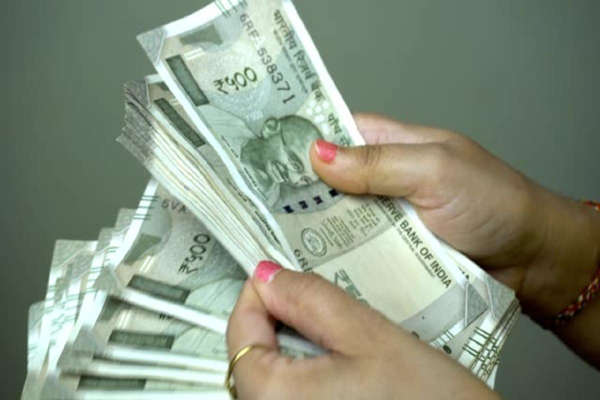The government may not increase the interest rates on the popular Public Provident Fund (PPF) and Sukanya Samriddhi Account schemes for the April-June FY24 quarter, keeping it unchanged for 12 quarters in a row.
The government may not increase the interest rates on the popular Public Provident Fund (PPF) and Sukanya Samriddhi Account schemes for the April-June FY24 quarter, keeping it unchanged for 12 quarters in a row.
On December 30, the finance ministry raised by 20 basis points (bps) to 110 bps interest rates on most National Small Savings Fund (NSSF) schemes which don’t extend tax benefits to investors for the March quarter. However, it kept the rates unchanged on deposits under the popular schemes with tax benefits — the Public Provident Fund scheme and the Sukanya Samriddhi Yojana — at 7.1% and 7.6%, respectively, for the January-March FY23 period.
Read More: NPS, APY subscribers rise 23 pc in FY23; over 1 crore customers added under Atal Pension Yojana
The last time the interest rate on these two schemes changed was almost three years ago in Q1FY21 when the PPF rate was lowered to 7.1% from 7.9%, while the rate was slashed from 8.4% to 7.6% for the Sukanya scheme.
“The tax exemption was one of the main reasons why the interest rate has not changed on the PPF and the Sukanya scheme. The returns from these two schemes are high compared to other savings products,” an official said, adding that this would be kept in mind while deciding on the interest rate in the upcoming review for these schemes.
The government will notify the small savings rates by the end of this month for the April-June quarter.
At the current interest rate of 7.1% for PPF, the effective interest rate works out to be 10.32% if an individual is in the tax bracket of 31.2%. Similarly, the effective rate works out to be 11.04% for her in the Sukanya scheme.
“There is some probability that interest rate may be raised in the shorter-duration small savings schemes due to rise in G-Sec yields. However, that probability is lower for PPF and Sukanya Samriddhi scheme,” said Joydeep Sen, a debt fund analyst.
The G-sec yield curve flattened further in February amid a sharp rise in short-tenor bond yields. The rise was driven by the tightening of banking system liquidity. This saw the spread between the 10-1-year yield narrow as much as 17 bps, the lowest since 2018, Care Ratings said in a note on March 3.
Recently, minister of state for finance Pankaj Chaudhary said that several factors determine the interest rates that apply to small savings schemes, including recommendations of the Syamala Gopinath Committee, the existence of taxation benefits for small investors and resultant rates of return, interest, cost, etc.
The Gopinath Committee had recommended that the interest rates of various NSSF schemes be 25-100 basis points higher than the yields of similar maturity government bonds.
For the March quarter, interest rates were hiked by 110 basis points on time deposits for one year, two years and three years to 6.6%, 6.8% and 6.9%, respectively. The rate has been raised by 30 basis points on time deposits for five years to 7%. The rates on the senior citizen savings scheme and on the monthly income account heme have been raised by 40 basis points to 8% and 7.1%, respectively.
Kisan Vikas Patra will fetch 7.2% (with maturity after 120 months), against 7% (maturity after 123 months).
The Centre has increased its reliance on the NSSF to finance a part of its FY24 fiscal deficit. The government has budgeted its offtake from the NSSF to rise from Rs 4.39 trillion in the FY23 revised estimate to Rs 4.71 trillion in FY24.





































